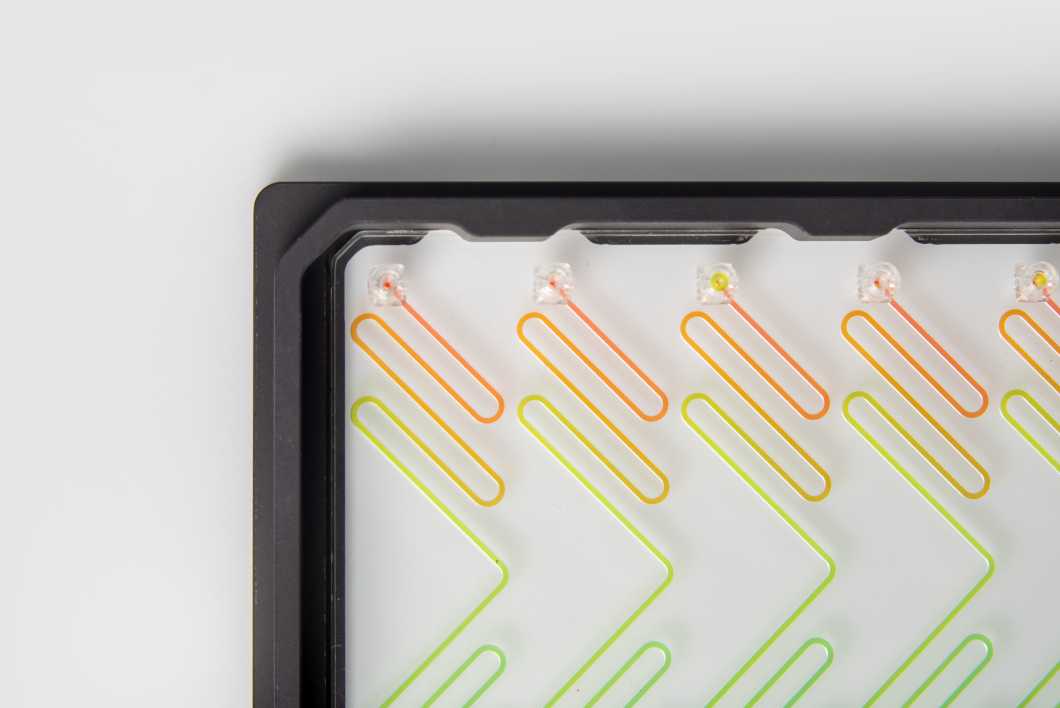Illustration software
Vector programs like Adobe Illustrator, Affinity Designer, or Inkscape are inexpensive ways to sketch up a concept for a microfluidic chip, but they lack the parametric design features needed to control the exact dimensions of your geometry.
2D CAD
Parametric 2D CAD tools like AutoCAD and DraftSight give you precise control of your microfeature dimensions. They are the go-to programs for designing photomasks used to produce PDMS devices by soft lithography.
While both strategies are inexpensive and easy to learn, they don’t capture the full picture of your device in three dimensions and are incompatible with most fabrication techniques like 3D printing, micromilling, and injection molding.
Our CAD experts at Parallel Fluidics can help convert your 2D CAD drawing into a full 3D model at no charge to help you get ready for manufacturing.
